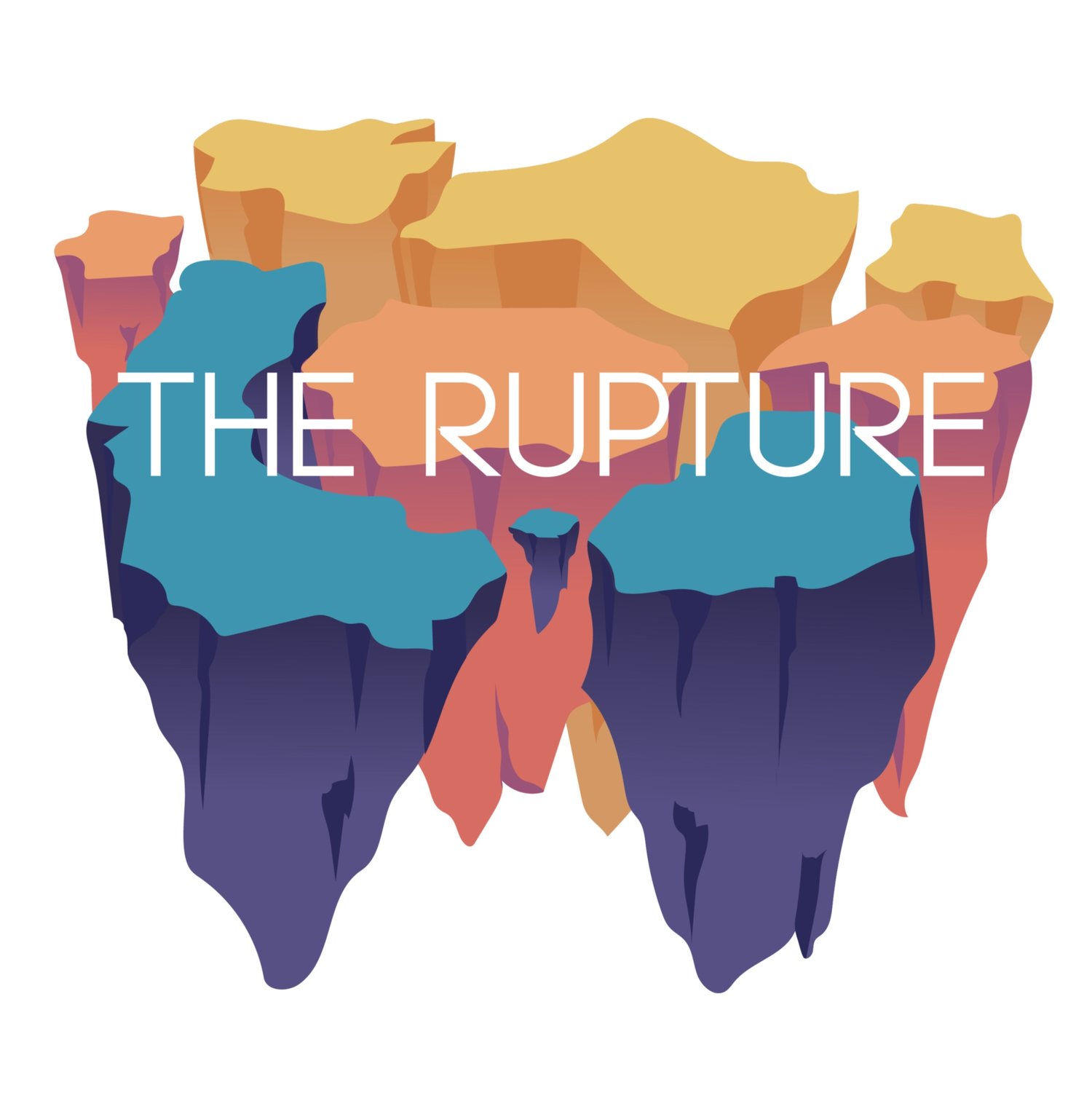It’s not often that one feels the force of a poem as it’s being written, but that’s how it felt to write “[My grandmother is dying].” I was overcome by this awful urgency, like the room had been compressed and if I was to escape I had to write my way out. I got the first draft down very quickly, almost without stopping, then refused to look at it for a week because the piece was so charged with feeling. It was as though my impressions of the Guggenheim exhibit were pushing themselves on me, demanding of me a form on the page.
2. After I looked up the exhibit mentioned at the end of the poem, I could really feel the how the “action painting” of artists in the exhibit, like Jackson Pollock, influenced the form of the poem—the fluidity of the language mimics the motions of the paint. Could you talk about how you see your poem conversing with the exhibit?
Poets often talk about lenses and framing devices; when I received the news about my grandmother’s illness, everything was structured by my understanding of what was happening to her body. The fist-sized tumors, the unchecked, malevolent growth taking place within. I received the news as an assault to the body. To the idea of the body, that is; what it means to have a physical form and to be safe within it.
Though I didn’t walk into the Guggenheim thinking about this, when I encountered this particular painting—its dramatic reds, the violent, disrupted shapes—I was confronted with a visual representation of everything that had been turning in my mind. And because it was a work of abstract expressionism, I was made to feel the medium. Its process, its urgency. The poem is simply how I responded to this encounter.
I should also say something about the unique architecture of the Guggenheim; I was there with a friend, and rather than approaching the exhibit conventionally from the bottom floor up, we took it from the top down—which felt like tumbling, slowly and inevitably, through dozens of distinctive viewing experiences. Once we’d begun our way down the curved walkway of the museum, there was no turning back; this feeling, of course, informs the syntax and structure of the poem.
3. Why did you decide to leave this poem named as the first line? How do you think not having a title unique from the rest of the text affects the way that the poem is read?
None of the poems I wrote during this time are titled. Much of this is because every piece is, either directly or indirectly, a continuation of the previous one. You start to feel this way, negotiating the illness of a family member. There’s a progression, but it’s not always linear, and often you feel you’re not moving clearly through time. Receiving the news of a terminal diagnosis isn’t something you’re ever prepared for. Instead, it’s an experience into which you find yourself thrown headlong: without warning, and without the benefit of any kind of organizing principle. For me, this news, like the painting at the Guggenheim, simply entered my field of consciousness. No time for a title, curator’s notes. This is precisely what struck me about the museum’s exhibit space. Though I was the one who entered each viewing space, initiating the encounter with each painting, I very quickly felt myself overtaken by the piece’s visual demands on me. I felt that the experience of the poem needed to mirror the experience of the painting—in that particular museum space—as well as the diagnosis that framed the encounter.
4. What have you read recently that’s pulled at your heartstrings?
I recently started teaching full-time, so I haven’t had much time to read poetry… but I’m slowly working through Tsering Wangmo Dhompa’s Rules of the House. I’ve been savoring every poem because she has this way of leveling the reader with the slightest detail, all the while developing complex arcs that echo and extend throughout the book. I’ve been writing prosier poems these days, so I find that Dhompa’s work operates with—and directs—many of the impulses that now move me to write. I’ll also say that living in the San Francisco area has also made it possible for me to hear some fabulous poets in the past few months: Michelle Naka Pierce, Jai Arun Ravine, Cathy Park Hong, Rick Barot (in SF last month for LitQuake). There’s such a wealth of community here, and I’ve been amazed at the voices that it draws from around the country.
5. What other writings have you been working through?
I’ve had to take a break from my manuscript because of this teaching job, but I’ve been revising a collection of poems that ask questions of the body and its borderlands: adolescence, life and death, land and sea, national identities, etc. I’m excited about the manuscript, however, and looking forward to working the poems into one final, cohesive arc. Besides that, I’ve been working on a sequence of poems that move from image to text in the form of captions, something I’ve been intrigued by because it extends the conversation between visual and textual media.
